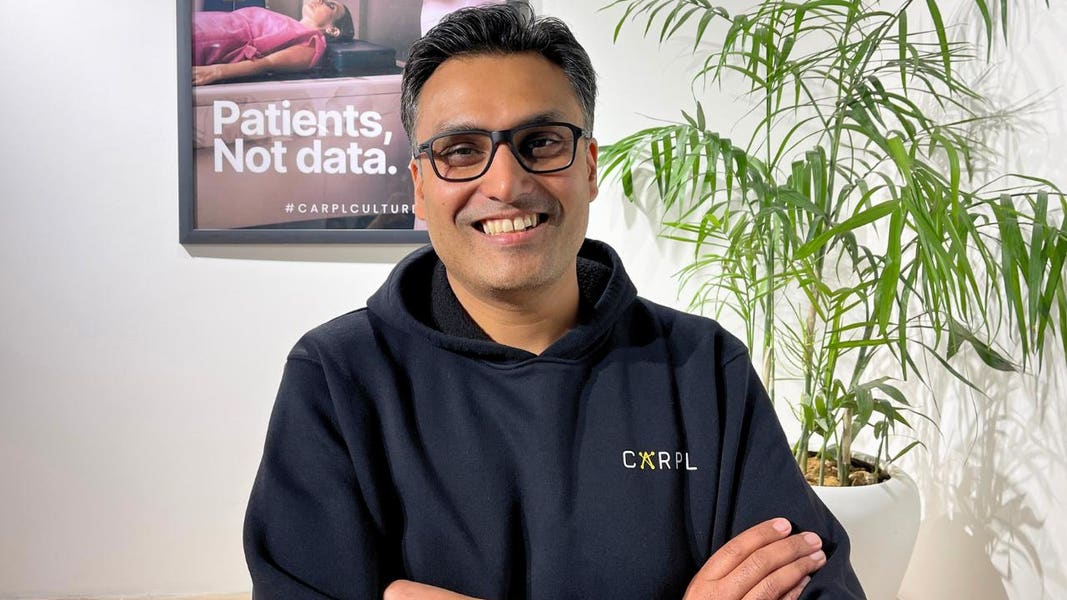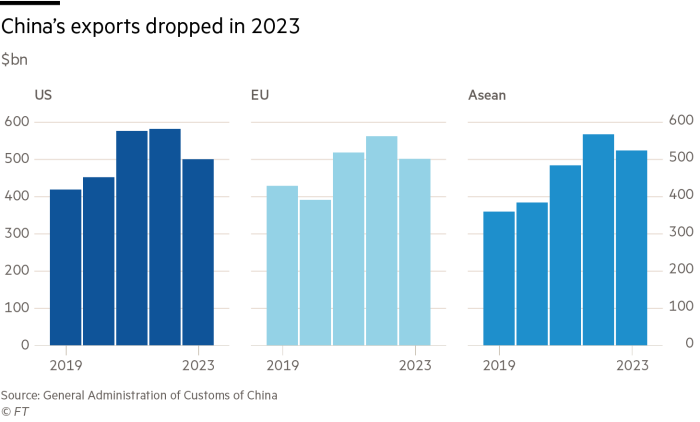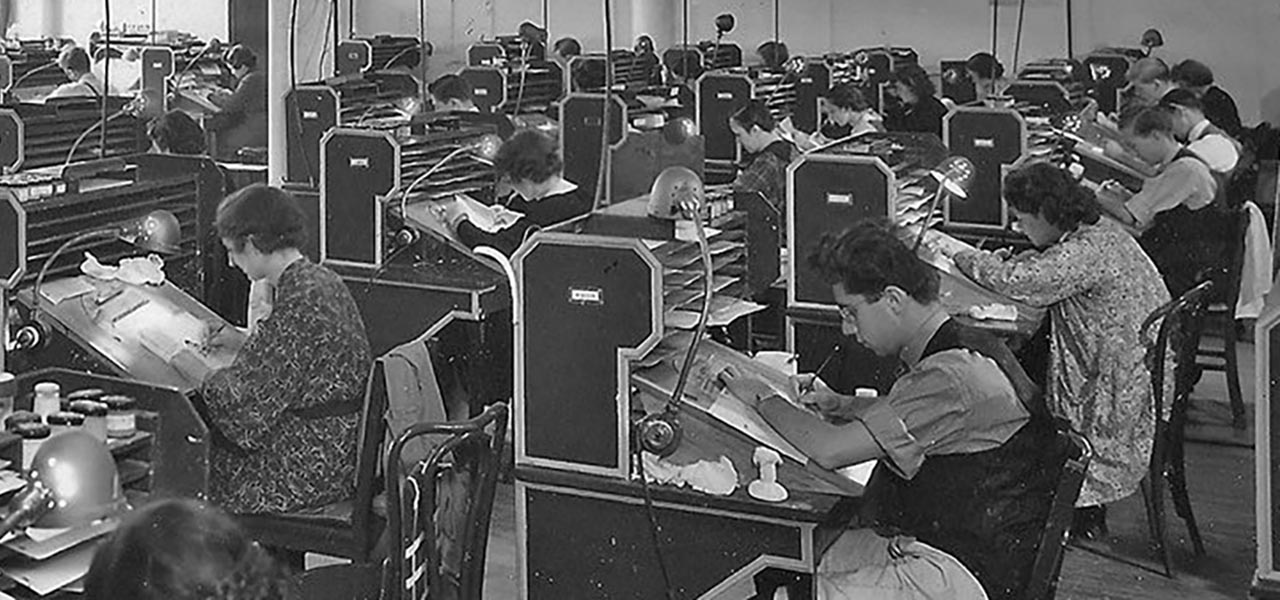Doctors believe that artificial intelligence (AI) has the potential to transform medicine, beginning in fields such as radiology, where the technology is already being widely adopted. But as innovation continues at pace worldwide, how will individual healthcare providers identify the most exciting new tools and analyse what will work best for their individual patients? The San Francisco-based start-up CARPL, which is today announcing the completion of a $6 million fundraising, says it can help.
CARPL describes itself as the “world’s largest radiology AI marketplace”. Effectively, it’s a one-stop-shop for hospitals, health authorities and governments that are looking around for the latest tools and solutions in the field of radiology. “We want to be the place where healthcare providers go to connect with the technology developers who can help them achieve better outcomes for their patients,” says Dr Vidur Mahajan, the CEO of CARPL, which he founded in 2021.
The idea is that rather than having to scour the world for the best new innovations, healthcare providers will be able to find them in one place. Innovators, meanwhile, won’t have to invest huge sums in marketing and selling to a disparate marketplace of global buyers; that’s important because many of the advances in AI in healthcare are coming from small organisations with limited resources.
So far, around 50 AI developers have made more than 100 applications available on CARPL’s platform – and the start-up has signed up a dozen healthcare providers interested in accessing these tools. These providers include the Singapore Government, the Clinton Health Access Initiative and hospitals in countries such as the US, Australia and Brazil.
“The potential of AI is hugely exciting but the problem is that so many developers are building tools and pitching them to hospitals and other healthcare providers that working out which to prioritise can be really difficult,” adds Dr Mahajan. “The rapid pace at which innovation is accelerating is good news overall, but will make this problem even tougher.”
Critically, CARPL not only maintains a marketplace on which developers can list their tools but also allows health providers to “try before they buy”. AI providers train and build their tools using particular groups of cases and patients, offering generalised data about the results. However, individual healthcare providers may have patients that look very different – they often won’t know which tools will give them the best results until they put them to the test.
In addition, once a healthcare provider has decided which tool to go for, CARPL also supports the deployment. It has developed a universal AI viewer enabling healthcare providers to access a broad range of tools through the platform, rather than having to work differently with each AI application they use.
Such support could be crucial as the medical profession relies more and more on AI technology to detect and monitor disease. Research suggests the global market for AI solutions in the radiology field could be worth as much as $20 billion by 2029, which would represent compound annual growth of more than 28% from where it stands today. Indeed, in the US alone, regulators have already approved more than 700 AI-based healthcare applications; 80% of these are for use in radiology. Tools such as AI applications that read CT scans, using their knowledge of previous scans to search for abnormalities that require further investigation, are increasingly commonplace.
Studies underline what is at stake. An analysis of AI-supported screening for breast cancer published last year, for example, found the technology could almost halve the workload of radiologists while producing the same quality of results. “AI-supported mammography screening resulted in a similar cancer detection rate compared with standard double reading, with a substantially lower screen-reading workload,” concluded the study, which was published in the Lancet Oncology journal.
Dr Mahajan believes such results will be repeated again and again. “Doctors are going to be many times more productive because AI will do the routine work for them,” he says. “In radiology, that means working faster, better and cheaper.”
Alongside the potential to deliver better outcomes for patients, that also provides a commercial opportunity for developers in the AI field – and their enablers. CARPL’s model is based on charging a fee for access to its platform, as well as taking a share of revenues when a healthcare provider uses it to adopt a new tool.
Investors in the business believe that could prove lucrative. Today’s fundraising is led by Stellaris Venture Partners, the enterprise software investor, with participation from strategic angel investors from organisations such as Novo Holdings, Leapfrog PE, Bain & Co, Boston Consulting Group and UnitedHealth Group.
Alok Goyal, a partner at Stellaris Venture Partners, says new technology in radiology is badly needed. “The volume of imaging scans shows a steady 9% year-on-year growth, outpacing the 1.8% growth in the number of radiologists; bridging this demand gap is a crucial challenge for healthcare providers, and we believe AI will be the key,” he says. “CARPL’s integrated platform, designed for testing, deploying, and monitoring radiology AI applications, is poised to empower healthcare providers by seamlessly integrating AI into their clinical workflows.”










